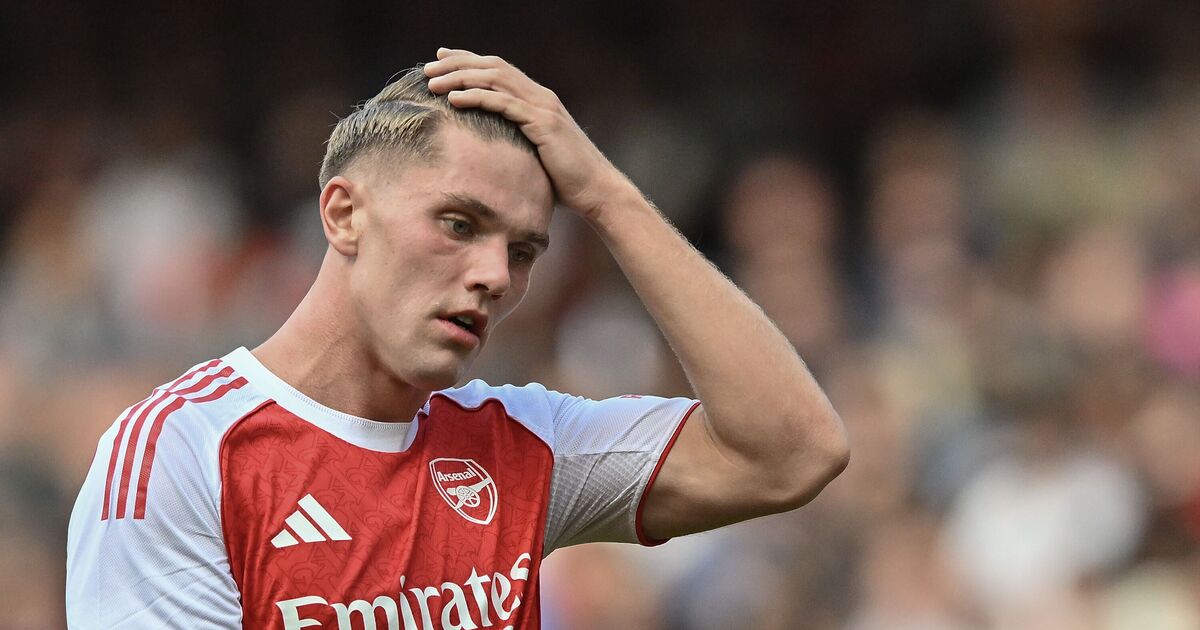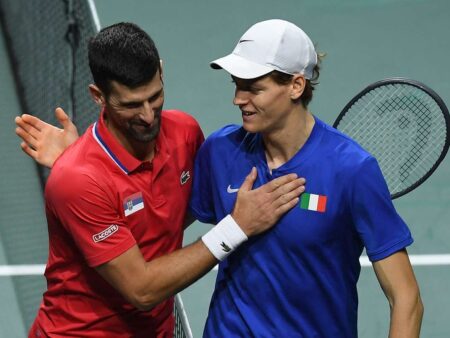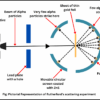
Just weeks into the new season, Arsenal finds itself navigating an immediate and rather unwelcome test of its squad depth. A meticulously planned transfer strategy is now under intense scrutiny, with new forward Viktor Gyokeres thrust into a spotlight far brighter than initially anticipated.
The Sudden Shift: From Depth to Dire Necessity
The ink is barely dry on Viktor Gyokeres’s reported $75 million transfer from Sporting CP, and already the narrative around his arrival at Arsenal has undergone a dramatic transformation. Initially slated to be a vital component of a rotating, multi-faceted attack, Gyokeres now stands as the undeniable focal point. The reason? A cruel twist of fate in the form of injuries to key offensive players.
Following a recent victory, news emerged that attacking midfielder Kai Havertz has sustained a knee injury, the full extent of which remains uncertain, though indications point to a potentially prolonged absence. This setback alone would be significant, but it compounds an already challenging situation: Gabriel Jesus, a primary attacking option, continues his recovery from an ACL injury picked up early this year, with no clear timetable for his return.
Suddenly, Mikel Arteta`s carefully curated squad depth in the forward line looks surprisingly thin. What was intended as a luxury of options has rapidly become a scramble for solutions. The transfer market, which Arsenal has already significantly invested in this summer, is once again being explored, reportedly for attacking midfielder Eberechi Eze rather than a direct striker. This strategic lean suggests Arsenal might even be contemplating “striker-less” formations, a tactical pivot that only amplifies the pressure on the solitary proven goalscorer now standing tall.
Gyokeres: The Chosen One Under Immediate Pressure
Arsenal`s decision to pursue Gyokeres over other promising talents, such as the younger, rawer Benjamin Sesko, was a calculated one. At 27, Gyokeres arrived with a proven track record, especially after his prolific spell at Sporting CP, where he netted an impressive 97 goals in 102 matches across competitions. He wasn`t just a prospect; he was an immediate impact player, deemed ready to contribute from day one.
His physicality and directness quickly impressed even his new teammates. Defender William Saliba, not one for hyperbole, candidly admitted it`s “scary to play against him.” That raw power and goal-scoring instinct, honed through impressive seasons at Coventry City and Sporting, was precisely what Arsenal sought to add to their attacking arsenal. Yet, the expectation was a gradual integration, a chance to adapt to the relentless pace of the Premier League. That luxury, it seems, has now been revoked.
The Unyielding Weight of Expectation
Unlike some teams that rely on a single prolific scorer, Arsenal`s attack is designed for collective brilliance, with talents like Bukayo Saka and Martin Odegaard contributing significantly. Gyokeres isn`t expected to single-handedly bag 40 goals a season. His role is to be the consistent nine, particularly crucial in the Champions League and other cup competitions where he has already demonstrated his prowess, scoring six goals in eight matches for Sporting last season in Europe`s elite competition.
However, the rapid succession of injuries means his “adjustment period” to English top-flight football has effectively shrunk to zero. Arsenal, having finished as runners-up for three consecutive seasons, needs production now. The margin for error is razor-thin, and Gyokeres`s ability to hit the ground running could define their early season trajectory.
Arteta`s Tactical Tightrope Walk
With Havertz sidelined and Jesus still out, Mikel Arteta`s options for leading the line are critically limited. Leandro Trossard, a versatile attacker, can certainly deputize, and midfielder Mikel Merino has admirably filled in as a center-forward in the past, even scoring against Real Madrid in the Champions League quarterfinals. Merino’s six goals and three assists in 12 games as a central forward demonstrate his capability, but relying on a primary midfielder for consistent striker duties is a gamble Arsenal would rather avoid.
The irony of Arsenal`s current predicament is palpable. Having splashed over $260 million on transfers this summer with minimal outgoing sales, the coffers are likely strained. This financial reality makes a last-minute “king`s ransom” bid for a proven Premier League striker like Alexander Isak, who was reportedly on Arsenal`s radar, highly improbable. While exploring the market for creative players like Eze makes sense for breaking down stubborn defenses, it doesn`t directly solve the immediate goal-scoring burden now resting squarely on Gyokeres`s shoulders.
The Road Ahead: Resilience and Reinvention
The season is still young, but Arsenal faces an immediate acid test. Gyokeres has proven he can handle a heavy workload, featuring in 50 and 52 games in his last two seasons at Sporting. However, the Premier League`s intensity and quality of opposition represent a step up. His ability to maintain form and fitness will be paramount.
For Kai Havertz, this injury is a significant blow. After a challenging start to his Arsenal career, he had found his rhythm, contributing 22 Premier League goals and 10 assists over the last two seasons. This setback, especially after ending the previous season with a hamstring injury, will undoubtedly impact his aspirations, including his place in Germany`s squad for the 2026 World Cup.
Ultimately, Arsenal`s season will be a testament to both Viktor Gyokeres’s immediate impact and the squad`s collective resilience. Can the new striker shoulder the unexpected burden? Can Arteta`s tactical acumen find solutions within the current constraints? The answers will not only shape Arsenal`s immediate future but also offer a stark lesson in the unpredictable nature of top-tier football, where even the best-laid plans can be derailed by a single, ill-timed twist of the knee.








